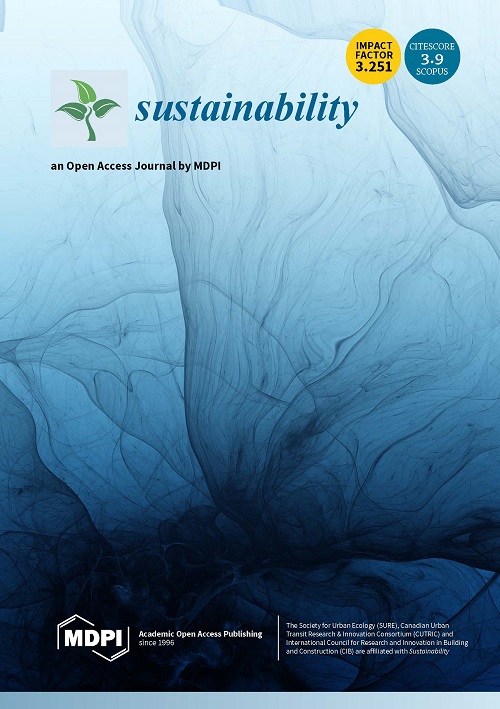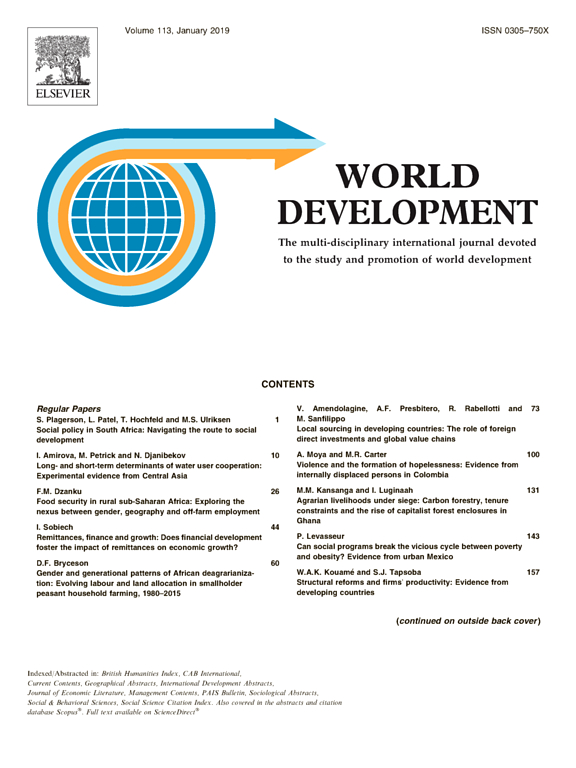Land degradation and crop yield decreases in tropical uplands in general and in southeast Asia have been recognised as the main problems arising from intensification of upland cultivation. With the purpose to search for solutions to these problems, agroforestry systems with a leguminous shrub Tephrosia candida (Roxb.) D.C. were experimentally tested on-farm in an upland rice (Oryza sativa L.) system on sloping land in northern Vietnam during the period 1996–1999. The upland rice-based systems tested were: (1) fallow crop rotation, including natural fallow (NaFa) and Tephrosia fallow (TepFa); (2) continuous cropping, including monocropping (Mono), Tephrosia hedgerow intercropping (TepAl), and Tephrosia mulch transfer (TepMu). In this paper, findings concerning net returns per labour day and the response of farmers to the test systems are presented. The Tephrosia systems (TepFa, TepAl, and TepMu) and the existing systems (NaFa and Mono) were evaluated using both experimental measurements and participatory rural appraisal (PRA) techniques. In the different treatments over a 4-year rotation, 386–778 labour days ha1 were used, while 2612–4924 kg ha1 upland rice grain and 939–9601 kg ha1 fuel wood were harvested. The upland rice grain harvested was enough to feed 8.7–16.4 persons ha1. During the same period, the economic net present values were positive for the NaFa and TepMu treatments, but negative for the TepFa, Mono and TepAl treatments. The returns per unit labour were 3.7–6.7 kg rice or US$ 0.8–1.44 labour per day. Farmer criteria concerning management, labour input and soil conservation were well in accordance with the findings on labour input, crop yields and net returns. The Tephrosia systems seemed not to be rational alternatives for situations where the natural fallow systems are still viable. However, the Tephrosia fallow and the Tephrosia mulch transfer systems could increase crop yield per hectare at acceptable rates of return to labour.
DOI:
https://doi.org/10.1016/S0167-8809(00)00261-9
Altmetric score:
Dimensions Citation Count:
00261-9&apiKey=3948bb216041dbffcb29a618defafc29&httpAccept=image%2Fjpeg)























